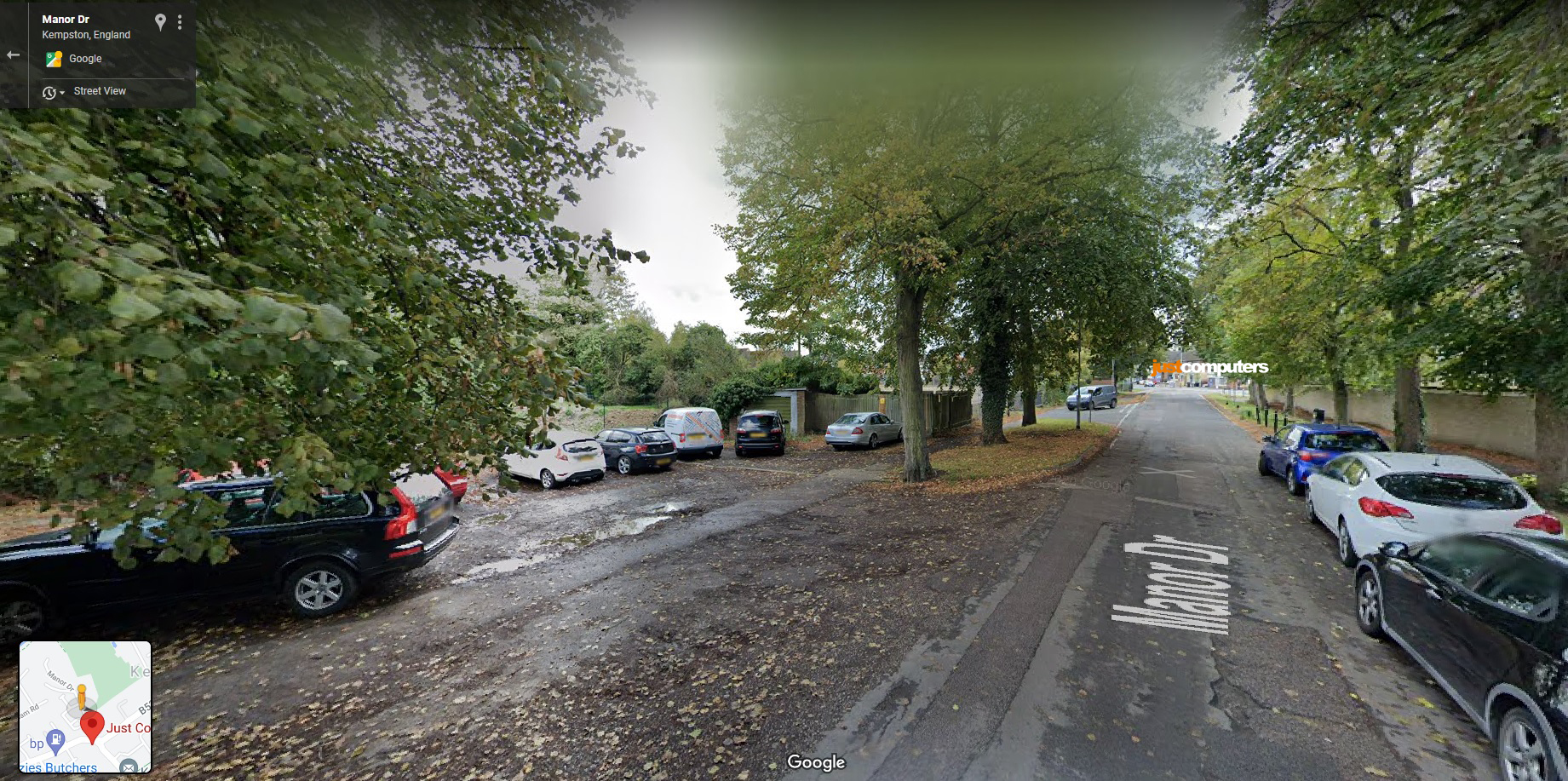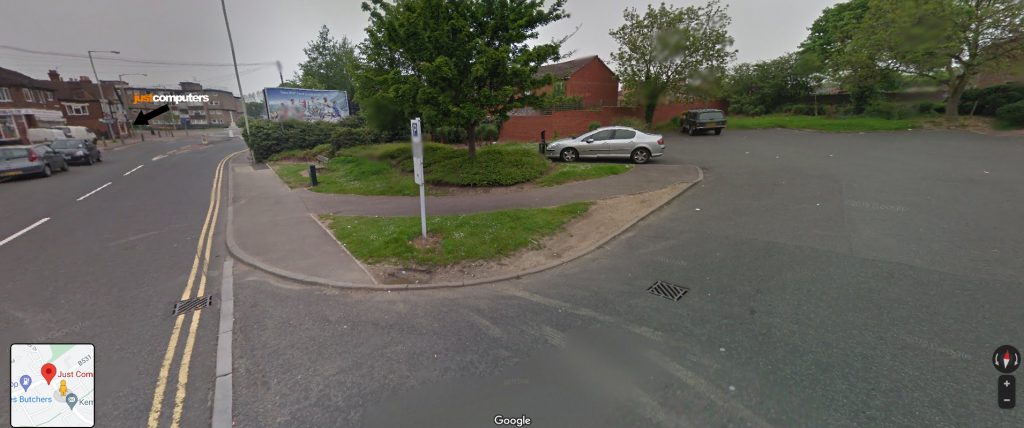
In this article, we look at how software can be used to reduce the contribution to climate change of commercial buildings and the interaction with the building of its occupants.
Reduce Greenhouse Gasses
With non-residential buildings generating 6.6% of greenhouse gases emissions, finding ways to decarbonise industries and economies is of vital importance. Technology now plays an important part and software is a vital tool in the fight for sustainability and tackling the climate crisis.
Examples
Three examples of software-based/linked methods and systems for reducing the environmental impact and increasing the sustainability of commercial and industrial buildings are:
BEMs
Building energy management systems (BEMs) refers to software applications that can continually monitor and analyse a building’s energy use. BEMS connect to the existing build management or building automation systems but are focused on tracking and reducing the energy consumption rather than the overall performance of a building’s systems. BEMs can typically monitor how much energy is used by lighting, heating, and cooling, and security systems. Owners and managers of buildings can use software dashboards to view energy use and analyse key performance indicators.
Smart Meters
Smart meters, such as those installed by EP&T can undertake a ‘digital energy audit’ every 15-minutes, rapidly analysing over thousands of data points per day to identify energy saving opportunities. These meters and the Edge software platform have, for example, within 17 months of operation at the Swindon Designer Outlet, been able to deliver a 30 per cent overall energy reduction and 1,640 tonnes of avoided CO2 emissions (equivalent to 988 return flights from London to New York!). Software systems linked to smart meters and sensors, such as EP&T’s, can help make these big energy reductions by e.g., identifying faulty sensors and actuators, optimising of flow and return temperatures, optimising automatic lighting control systems, and the continuous optimisation of HVAC set points to minimise heating and cooling conflicts.
Digital Twins
The use of digital twins is one important way that the environmental impact of industrial buildings can be reduced. A digital twin is an accurate virtual model of a physical object (in this case, the building) that uses data gathered from sensors on the physical object to run simulations, study performance issues and generate possible improvements that can then be made to the object an its systems.
IES, for example, offers its ICL Digital Twin, which integrates physics-based simulation with the 3D model, real-time operational data, machine learning and AI to help create energy and water efficient plans, meet zero-carbon and healthy building targets, or ensure buildings operate as efficiently and comfortably as possible. This involves using data analysis from physical and virtual sensors, real-time optimisation and fault detection, as well as community energy and renewable integration. Design and retrofit to zero-carbon standards can also be helped by allowing users to test what difference options like new glazing, heating, and cooling systems and adding solar panels, would make to the energy usage of a building.
What Does This Mean For Your Business?
Using software systems linked to sensors and smart meters and using digital twins to test and develop improvements are now proven ways for businesses to reduce their carbon footprint and make cost savings, although it may take a few years for the installation/set up cost of BEM system to pay back. Although software can provide the insights to spot faults and make improvements, keeping a buildings physical systems and hardware up to date and taking more holistic view of facilities management are also necessary. This requires specialist human experience, skills, and knowledge. The use of software to help reduce a building’s carbon footprint, however, can give valuable, almost real-time insights that it wouldn’t be possible to gain using traditional means and, with climate change and targets now high on most agendas, businesses may decide that the value delivered by these software systems is well worth the financial cost and, importantly, they can really help to reduce the environmental cost of business.




